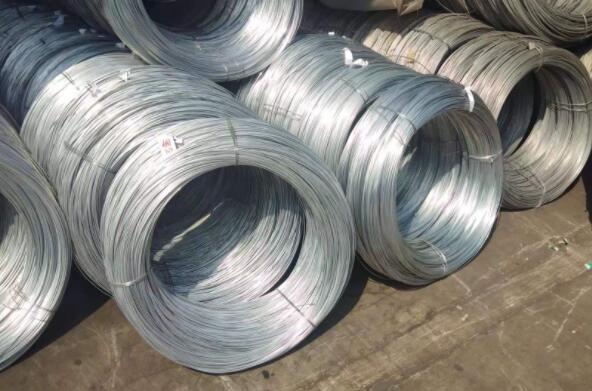Understanding 316 Perforated Sheet Applications, Benefits, and Characteristics
Perforated sheets have become an essential material across various industries due to their versatility and functional properties. One of the most prominent types in use is the 316 stainless steel perforated sheet, celebrated for its durability and resistance to corrosion. In this article, we will delve into what a 316 perforated sheet is, its applications, benefits, and characteristics.
What is a 316 Perforated Sheet?
A 316 perforated sheet is made from 316 stainless steel, which is an iron alloy enriched with nickel and molybdenum. This composition enhances its corrosion resistance, making it ideal for environments that are exposed to harsh elements, such as saltwater or chemicals. The perforation aspect involves creating a series of holes in the sheet, which can be of various sizes, patterns, and shapes. This feature not only enhances the aesthetic appeal but also improves functionality in various applications.
Applications of 316 Perforated Sheets
The applications of 316 perforated sheets are vast and widespread. In architectural design, they are often used for façades, sunshades, and decorative elements, providing both functionality and a modern aesthetic. In the food and beverage industry, where hygiene and corrosion resistance are critical, 316 perforated sheets are used in equipment manufacturing, such as conveyors and storage containers.
Moreover, in the automotive and aerospace sectors, these sheets serve as components in filtration systems and exhaust applications due to their high-temperature resistance and structural integrity. They are also employed in the construction industry for balustrades, infill panels, and walkways, enhancing safety while providing ventilation.
316 perforated sheet

Benefits of 316 Perforated Sheets
One of the significant benefits of using 316 perforated sheets is their exceptional corrosion resistance. Unlike many other materials, 316 stainless steel can withstand environments that would typically degrade lesser grades of steel, making it a long-lasting choice for demanding applications.
Another advantage is their ease of maintenance. The smooth surface of a perforated sheet prevents contaminants from sticking, reducing cleaning time and efforts. Additionally, the perforations allow for the free flow of air, light, and sound while still providing structural support. This characteristic is particularly beneficial in applications like sound dampening or ventilation systems.
The aesthetic versatility of 316 perforated sheets cannot be overlooked. Available in various hole sizes, patterns, and finishes, they can be customized to suit any design requirement, enhancing the visual appeal of structures and products alike.
Conclusion
In summary, 316 perforated sheets offer a myriad of benefits that make them an excellent choice for various applications across multiple industries. Their outstanding corrosion resistance, ease of maintenance, and aesthetic versatility position them as a preferred material for architects, engineers, and manufacturers. As industries continue to evolve, the demand for high-quality materials like 316 perforated sheets will likely increase, solidifying their place as a fundamental element in modern construction and manufacturing. Whether in practical applications or as decorative features, 316 perforated sheets are undoubtedly an indispensable part of contemporary design and functionality.

















